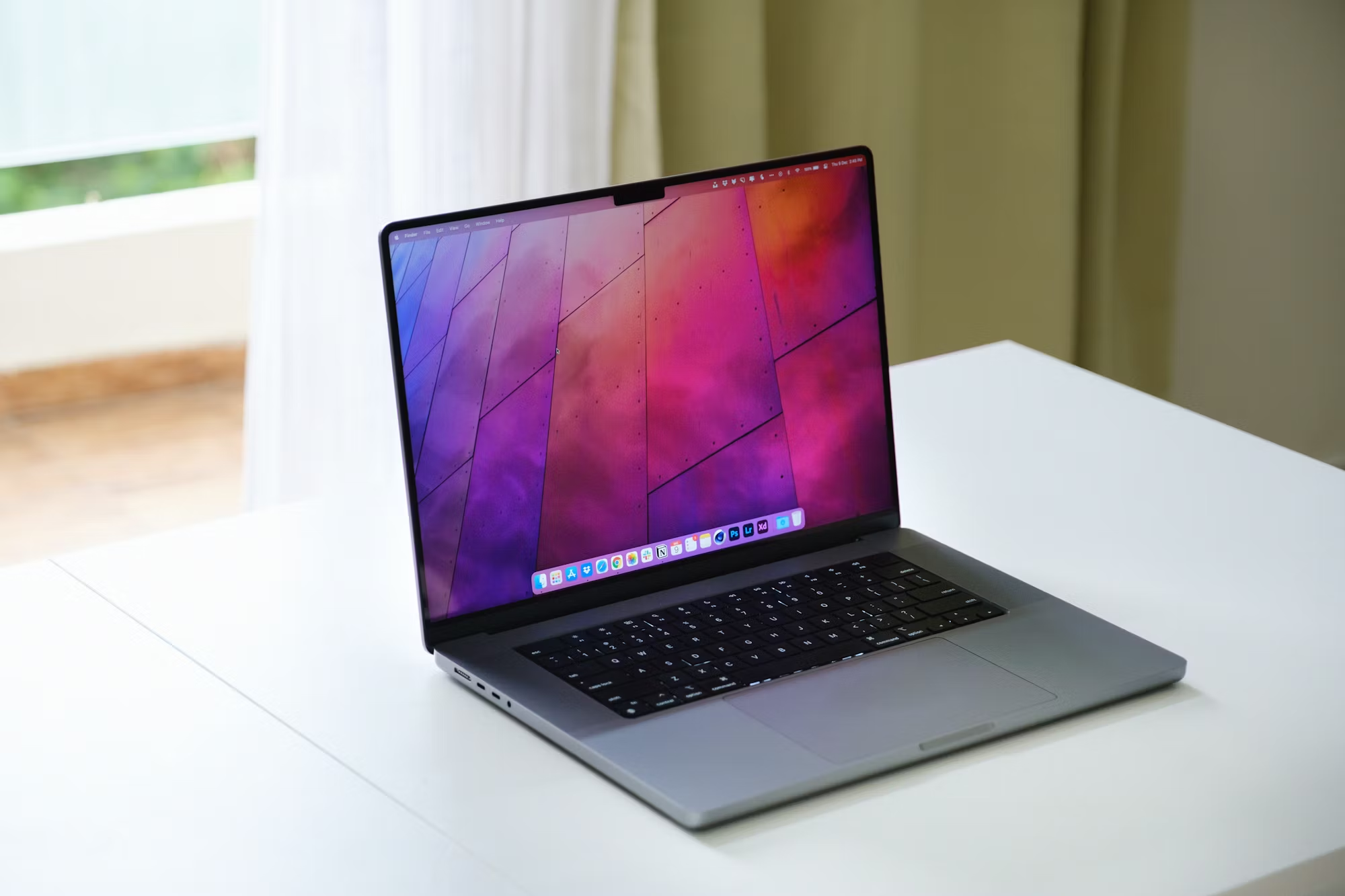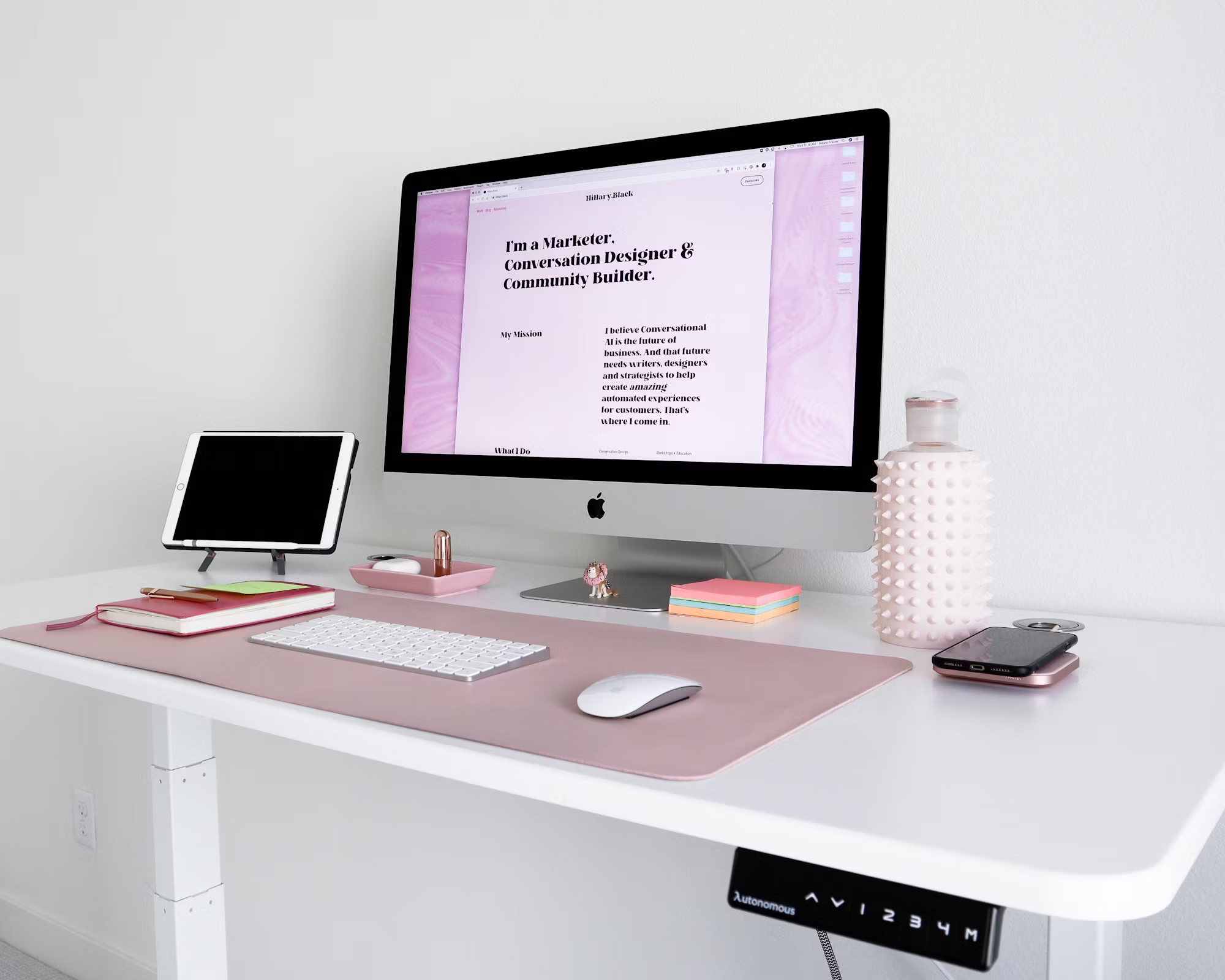In the modern educational landscape, the design of classroom furniture plays a significant role in shaping the overall learning experience. Although often overlooked, the humble desk serves as more than just a place for students to sit and write—it is a key component of the learning environment that can influence focus, productivity, creativity, and well-being. From ergonomics to technology integration, desk design is continuously evolving to meet the needs of both students and teachers.
The Historical Evolution of Desks in Education
The design of educational desks has evolved significantly over the centuries. Early classrooms consisted of simple wooden benches and desks, with little consideration for individual comfort or functionality. Students often sat for long periods in rigid, uncomfortable positions, which limited their ability to engage fully with the material and disrupted their concentration.
In the mid-20th century, the classic desk-and-chair combination became more widespread, but even then, many designs were still basic and lacked ergonomic considerations. These traditional desks, often made of wood or metal, were primarily designed to serve a functional purpose—providing a flat surface for students to work on and a place to store their materials. However, as educational theories evolved and the understanding of student well-being grew, the design of desks began to reflect new priorities, such as comfort, flexibility, and collaboration.
The Importance of Comfort and Ergonomics in Desk Design
In recent decades, there has been growing recognition of the crucial link between desk design and student comfort. Poor posture, discomfort, and fatigue can negatively impact a student’s ability to focus and learn effectively. As a result, modern desk designs have become more sophisticated, focusing on ergonomics and student well-being.
Ergonomic desks are designed to support the natural movements and postures of the human body. These desks often feature adjustable heights, allowing students to customize their workspace to match their body size and learning style. This flexibility promotes better posture, reduces strain on the back and neck, and prevents long-term health issues associated with poor seating arrangements. In classrooms where students spend extended periods of time sitting, desks that support good posture can significantly improve both comfort and focus.
In addition to adjustable height, ergonomic desks are also designed with features that promote movement. For example, some desks allow students to alternate between sitting and standing, which can reduce the negative effects of prolonged sitting. By providing the option for students to change positions throughout the day, these desks not only enhance physical health but also improve engagement and concentration.
Desks for Collaboration: Supporting Group Learning
The traditional classroom setup, with rows of desks facing forward, is being replaced by more flexible seating arrangements that encourage collaboration and student interaction. Modern education emphasizes active learning, problem-solving, and group work, and desk designs are evolving to support these practices.
Modular desks, which can be rearranged into clusters or groups, are becoming increasingly popular in classrooms. These desks allow students to easily collaborate, share ideas, and engage in group discussions. A collaborative learning environment fosters communication skills, critical thinking, and teamwork—skills that are essential for success in the modern world.
In addition to flexible arrangements, some desk designs include features that facilitate collaboration, such as large shared surfaces for group projects or built-in technology to support group work. For example, desks with built-in screens or touch-sensitive surfaces allow students to collaborate on projects in real-time, integrating technology into the learning process. These features encourage students to work together, share ideas, and contribute to discussions, making learning more dynamic and interactive.
Desks for the Digital Age: Integrating Technology into Learning Spaces
As technology continues to revolutionize education, desks are being designed to accommodate a range of digital tools and devices. Laptops, tablets, smartboards, and interactive displays are now common in classrooms, and desks are being redesigned to support these technologies.
Many modern desks feature built-in charging stations and cable management systems to keep devices powered and organized. Desks with integrated power outlets allow students to easily charge their laptops, tablets, and phones, ensuring that they have the tools they need to succeed without the distractions of tangled cables or low battery warnings.
Additionally, desks are being designed with technology in mind to enhance the learning experience. For instance, some desks come with touchscreens or integrated monitors that allow students to interact with digital content, access educational apps, or collaborate with peers in real-time. These desks not only support the growing reliance on digital tools in education but also encourage students to use technology in creative and productive ways.
Desks for Inclusive Education: Ensuring Equal Access for All Students
An inclusive classroom design ensures that all students, regardless of their physical abilities or learning needs, have equal access to the learning environment. Desk designs are becoming more adaptable and accessible, ensuring that students with disabilities or special needs can engage fully with the material and participate in class activities.
Adjustable desks, for example, allow students in wheelchairs or with other mobility challenges to work comfortably at the same level as their peers. Some desks are also designed with features that accommodate assistive technologies, such as larger writing surfaces, space for screen readers, or adjustable heights for students who require specific seating arrangements.
In addition to physical accessibility, inclusive desk designs also support different learning styles. For example, desks with built-in storage help students with attention deficits stay organized, while desks with adjustable lighting can reduce sensory overload for students with sensitivities. By designing desks that meet the needs of diverse learners, schools can create environments that promote equal opportunities and inclusivity.
Sustainable Desks: Environmentally Friendly and Durable Designs
As awareness of environmental issues grows, many schools and universities are turning to sustainable materials for the production of classroom furniture. Desks made from recycled materials, bamboo, or biodegradable plastics are becoming more common as schools look for ways to reduce their environmental footprint.
Sustainable desk designs not only minimize waste and reduce the demand for new resources but also contribute to the long-term durability and cost-effectiveness of classroom furniture. High-quality, eco-friendly desks are built to last, reducing the need for frequent replacements and ensuring that schools can make sustainable investments that benefit both students and the planet.
In addition to being environmentally responsible, sustainable desks also reflect the values of students and educators who are committed to promoting sustainability. By using eco-friendly furniture in classrooms, schools can inspire students to consider their own environmental impact and foster a culture of sustainability.
The Future of Desk Design: Innovations and Emerging Trends
As educational practices continue to evolve, the design of classroom furniture will also continue to innovate. The future of desk design promises to be shaped by advancements in technology, new materials, and an increasing focus on personalized learning.
One potential trend in desk design is the integration of more advanced technology. Desks could feature interactive screens, integrated virtual reality (VR) or augmented reality (AR) capabilities, and even artificial intelligence (AI) to provide personalized learning experiences. With these innovations, desks may become not only workspaces but interactive learning hubs that adapt to each student’s needs and interests.
Another exciting trend is the emphasis on mobility and flexibility. Desks that can be easily moved, reconfigured, or adjusted will allow classrooms to be more dynamic and adaptable. These flexible designs will support a wide range of teaching methods, from traditional lectures to project-based learning, and ensure that classrooms remain responsive to the diverse needs of students.
In the future, desks may also become more personalized, with built-in features tailored to each student’s learning preferences. Whether it’s adjustable lighting, seating arrangements, or technology integration, personalized desks could help students feel more comfortable and engaged in their learning environment.
Conclusion
In conclusion, the design of desks in educational settings has a profound impact on students’ learning experiences. From ergonomic features that promote comfort and well-being to flexible, collaborative desks that encourage interaction, the right desk design can enhance focus, productivity, and creativity. As schools continue to embrace new technologies and teaching methods, desks will play an essential role in shaping the future of education.
By considering comfort, flexibility, inclusivity, and sustainability, modern desk designs are creating environments that support not only academic achievement but also student health, well-being, and collaboration. As we look toward the future, desk design will continue to evolve in response to the changing needs of students and educators, ensuring that classrooms remain dynamic, engaging, and conducive to learning.






